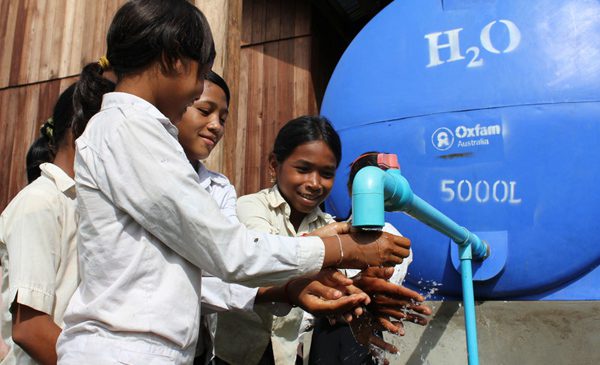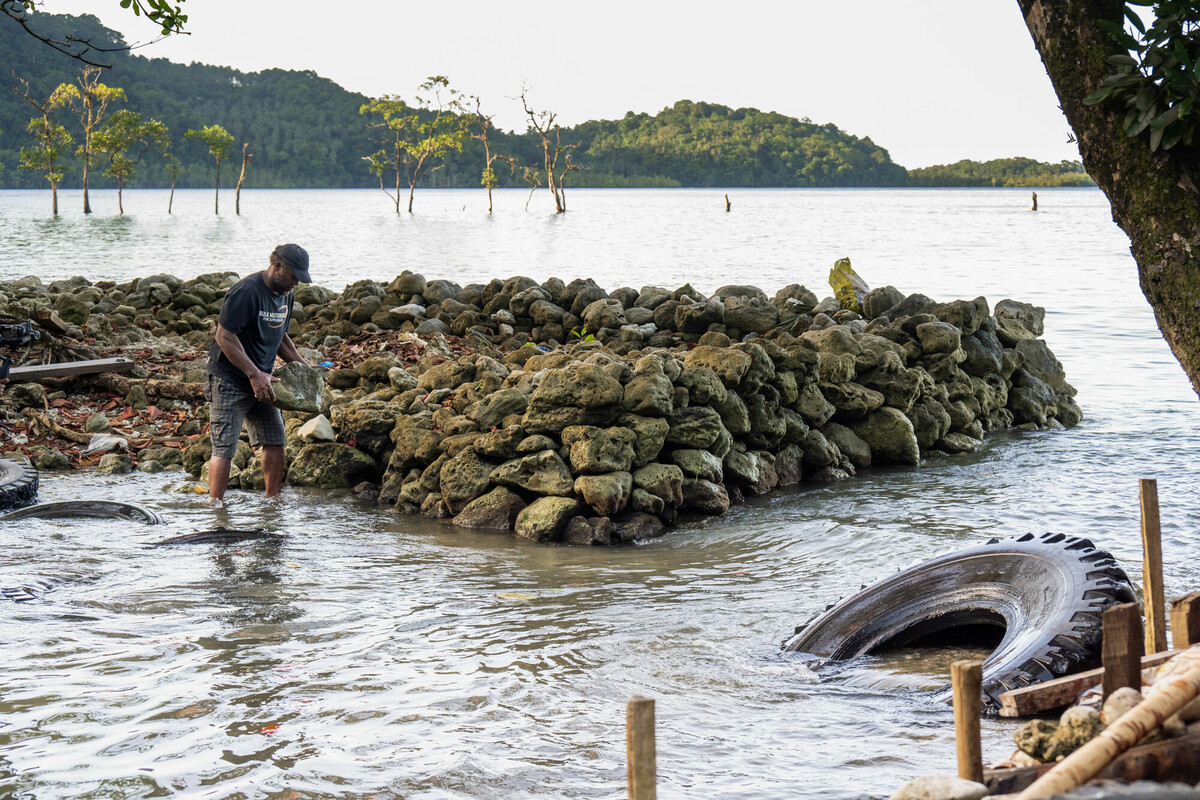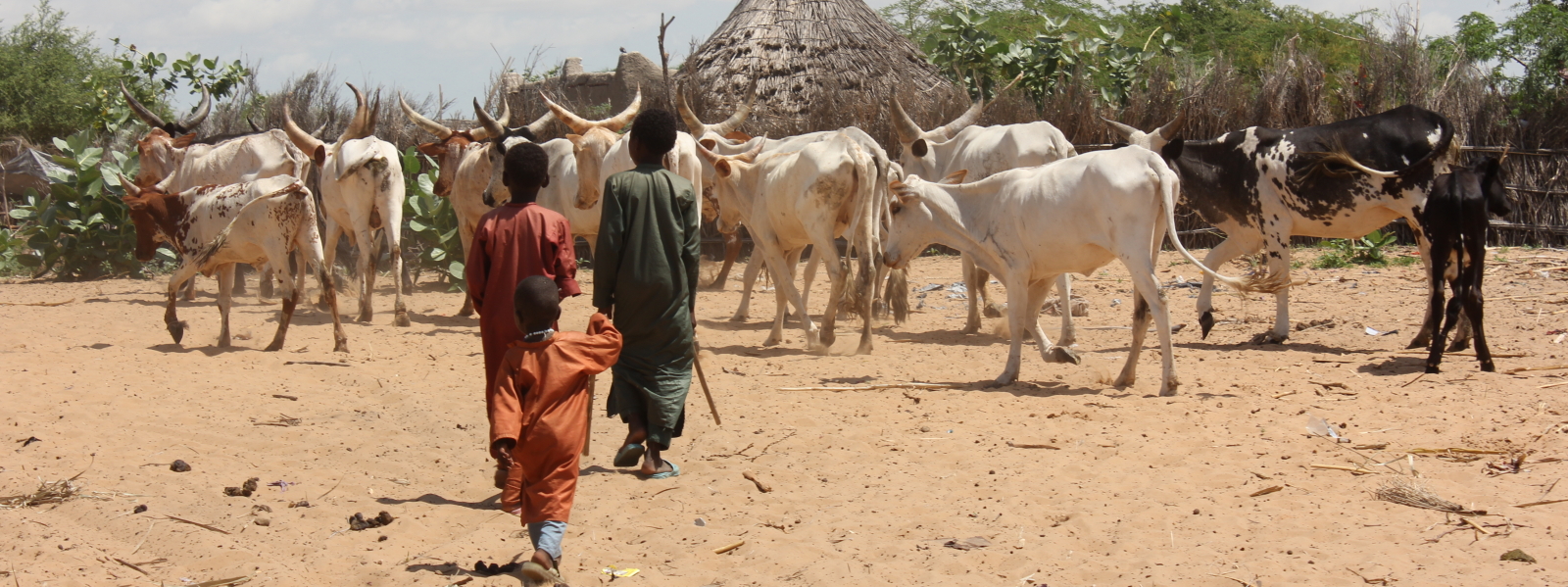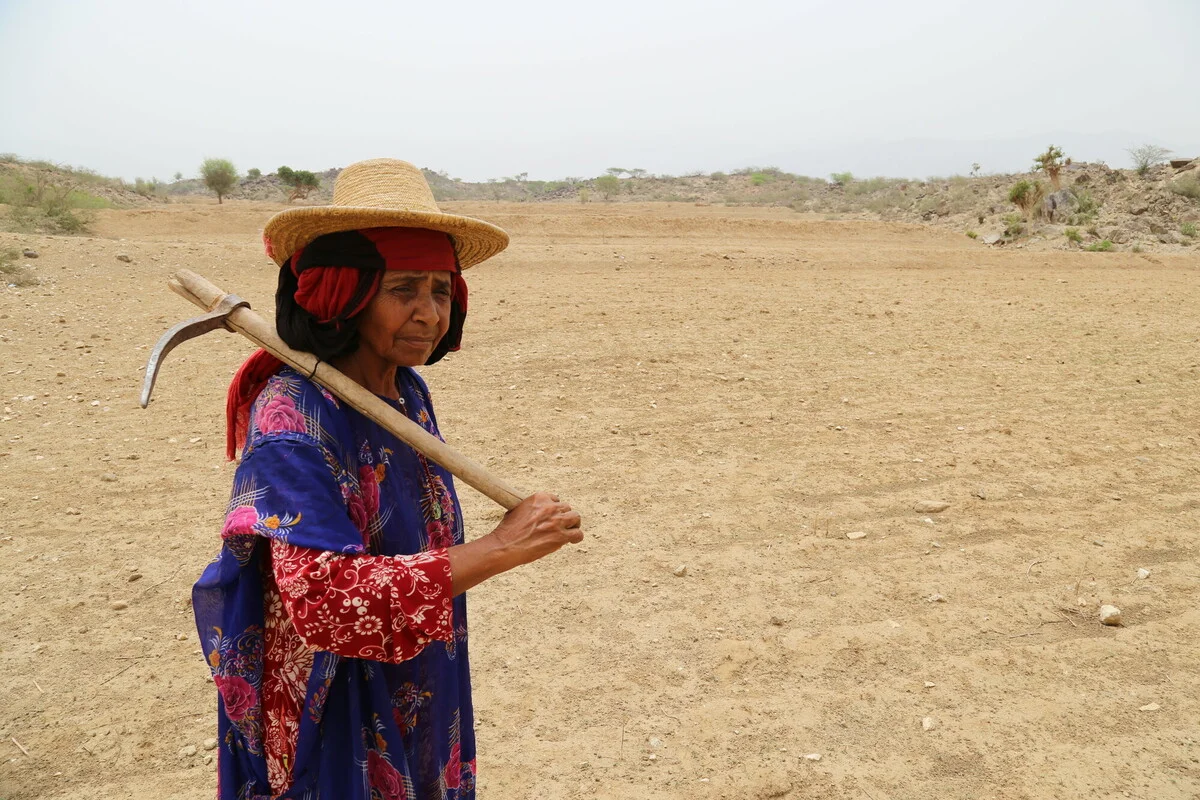According to the latest research, in order to prevent dangerous climate change, countries, like Australia must reduce their carbon pollution by at least 40% by 2020 (below 1990 levels) and return levels of atmospheric carbon dioxide to less than 350ppm.
Worryingly, Australia is currently headed in the wrong direction. Recent government estimates show that if Australia does not act soon, our emissions will actually increase by 25% by 2020 (based on 1990 levels). The technology needed to cut carbon pollution is available now. We could do this by:
- Phasing out dirty coal power stations and retraining the workforce for the renewable energy sector.
- Investing in renewable energy like solar, wind, geothermal and wave technology.
- Legislating a price on carbon pollution that both reduces our emissions and ensures that lowincome Australian families are no worse off. (This could achieved through a tax or an emissions trading scheme.)
- Redirecting the $10 billion in annual subsidies for fossil fuels to investment in the renewable energy sector.
- Making big business pay for its pollution.
- Improving energy efficiency, for example in the motor vehicle industry.
- Championing a fair, ambitious and legally-binding global agreement on climate change.
Acting on climate change is good for our economy
The world’s leading economists agree: tackling climate change is the cheaper path.
Nicholas Stern, Chairman of the Grantham Institute on Climate Change at the London School of Economics, says “the economic cost of inaction or delayed action on climate change far outweighs the cost of action now”.
In Australia too, both our Treasury and the eminent climate change economist, Ross Garnaut, emphasise the benefits of leading on climate change action rather than following.
Professor Garnaut says that by 2050, Australia can be a low-carbon economy with strong economic growth and rising living standards.
Acting on climate change will grow jobs
The race for low-carbon investment and a clean energy economy is on, and China is leading it. More than one million people are already employed in China’s renewable energy sector – and it’s growing at a rate of 100,000 additional jobs each year. Furthermore, China has pledged to reduce the carbon intensity of their economy by between 40- 45% by 2020.
Wanting to keep up in the race for green jobs, some European countries are pushing to raise the EU’s carbon pollution reduction target from 20% to 30% by 2020. Writing in the Financial Times, ministers from France, Germany and the UK, state that, “If we stick to a 20 per cent cut, Europe is likely to lose the race to compete in the low-carbon world to countries such as China, Japan or the US.”

Even some of the world’s poorest countries, including Costa Rica, Ethiopia, the Maldives and Samoa, have set strong targets for clean energy development. For instance, the Maldives is aiming to be carbon-neutral by 2020.
The European Commission President has called for a doubling of the number of Europeans employed in green industries in the next 10 years – Germany currently employs 1.6 million people in this sector. In the United States, President Obama has also set a target of an additional five million green jobs in the next 10 years.
Australia could be a major player in this transition to a global, clean energy economy, but vested interests and unfounded fears of job losses are preventing it. In fact, coal mining may not be as crucial to the economy as we are often led to believe. According to the Australian Coal Association the sector contributes just 3.7 % of Australia’s GDP.
Zero Carbon Australia has shown we could have 100% renewable energy within a decade, and this with a net increase in jobs. While costing $37 billion per year over 10 years, we would save $1600 billion in fossil fuel costs by 2040.
Research undertaken by the Australian Council of Trade Unions and the Australian Conservation Foundation further backs this up. They found cutting greenhouse pollution by 25% would create 3.7 million new jobs by 2030 and leave households 10% better off overall.
Getting smart on climate change
<< Part 2 | Part 3 | Part 4 >>
How you can get smart
- Download the “Getting Smart on Climate Change” pocket booklet (PDF 1.5mb), share it with your friends by sending them the link. Or ask us to send you a copy
- Be heard: Send a letter to the Australian government asking them to get smart on climate change
- Get connected: Join our online community A Climate for Change. Connect with like-minded people and share ideas about how to tackle climate change
- Learn how communities are already being affected and how they are adapting to the impacts of climate change through the Faces of Climate Change short film series
- Become a UN Climate Tracker and influence the international climate negotiations from your computer!



